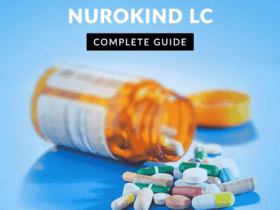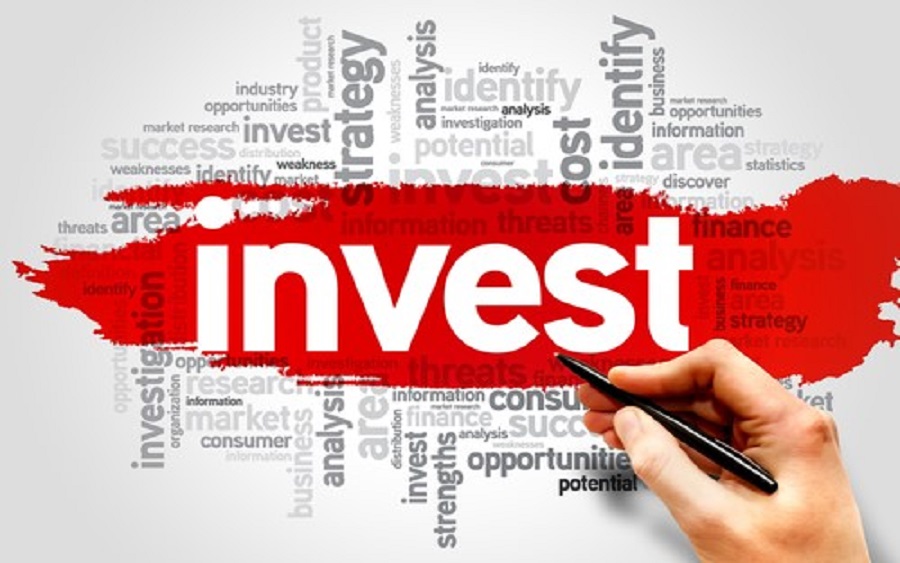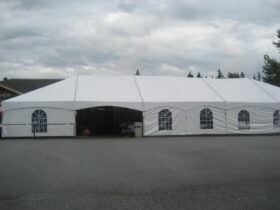Whenever inflation hits, commodities investing can be akin to mana from the heavens with its returns.
The commodity markets may be a lucrative place to invest if you know what you’re doing. This includes commodities like food, energy, and metals. Commodities trading is seen as a high-risk endeavor since supply and demand might change substantially due to variables that are difficult to predict (such as weather).
On the other hand, commodities tend to have low or even negative correlations with other asset classes like equities and bonds, making them ideal for diversification. Alternative assets, such as commodities, may be better for confident investors than others.
Keep on reading for our full breakdown of how commodities work, as well as seven different ways you can integrate them into your investment portfolio.
Commodities Investing 101: What Is Trading Commodities?
Buying and selling a commodity on the open market is all it takes to be a commodities trader. Economically valuable raw resources are referred to as commodities.
A few examples of agricultural commodities are soybeans and wheat. Physical commodities include things like these and things like gold, silver, and other precious metals.
Commodity trade may take several forms. If you want to invest in commodities, you may do it in various ways, including futures, options, stock investments, mutual funds, and indexes. Investors must examine the pros and cons of different investment options before deciding how to invest in commodities.
What Makes Commodities Trading Unique?
The commodities market is unusual because prices are more heavily influenced by supply and demand than by market forces or current events. When the supply of a product like soybeans is limited, and the need for it is excellent, the price of that commodity tends to rise.
Oil prices may fall because of a milder winter in specific locations and an overstock of a commodity like oil (for example).
An abrupt change in the demand for specific commodities, such as steel or gas, or even certain agricultural goods, such as sugar, may be caused by global economic progress and technological innovation.
On the other hand, investing in commodities is riskier since they are vulnerable to fluctuation depending on reasons that are difficult to predict. In other words, a sudden increase in the demand for new consumer goods, coupled with changes in weather patterns, might cause agricultural yields to drop or metal prices to spike.
When interest rates rise or fall, or the value of the U.S. dollar fluctuates, even it may impact a generally stable commodity such as gold.
When dealing with commodities, it is crucial to understand that you’re dealing with material, basic things that often do not react the same way as other assets or marketplaces.
Now, it’s time to explore how you can invest in commodities in their different forms.
- Pick the Right Commodity Brokerage Company or Broker
ETFs or futures contracts are used for trading commodities nowadays. Several retail internet brokers provide trading in both equities and futures. However, other firms specialize in futures trading.
You should do some study into both types and decide whether or not you want the additional services and capabilities that come with brokers who specialize in futures trading.
- Use the Passive Method
Invest in the Index: Commodity Index on Google. Commodity exchange-traded funds (ETFs) abound, and most of them invest in futures contracts rather than the tangible commodity itself.
When commodities futures curves are in “contango,” the ETF must pay to roll from the expiring front-month contract to the next most frequently traded month, exposing investors to “rolling risk.”
- Buying the Active Index
An actively managed commodities index ETF may be a good fit for you if you like to drive rather than rely on an ETF’s autopilot.
The Summer Haven Dynamic Commodity Index (“SDCI”) is an excellent place to start.
- Picking a Couple of Futures
A little bit of calculation will tell you how many contracts you need to purchase to get your desired exposure if you’re considering gold as an inflation hedge for your portfolio.
In addition, new micro contracts are now accessible, allowing for even finer-grained control.
- Buy the Actual Physical Commodities
If you’re interested in the physical commodities trade, you’ll want to spend some time researching the different suppliers or producers on the market.
You’ll want to keep your risk tolerance in mind when you decide to buy the actual commodities. For example, you can always buy gold bullion or gold bars online. You can expect high rates of returns, but it also comes with its own more elevated levels of risk.
- Taking a More Active Role
Trading commodities at the old MidAM Exchange was where many of the first trend-following CTAs got their start. A vast number of today’s CTAs still have significant exposure to commodities markets.
Make careful to inquire about the portfolio manager’s commodity holdings. If the percentage isn’t at least 40%, you’ll probably have to search elsewhere. EMC Classic and Auspice Global Diversified are two of our top recommendations.
- Create Your Own Portfolio
Is it something you like doing? Does this seem like something you’d be interested in doing? Combining a diverse trader with a systematic approach? If this is the case, investing in commodities traders can be a good idea for you.
There is a lot to think about in terms of minimum investments, leverage, trading strategy, and due diligence. The easiest way to get started is to give us a call, and we’ll walk you through the many investing opportunities.
Asset Class and Trading Commodities: Explained
Whether you’re interested in making your portfolio a bit richer (pun intended) or you’re wary of the effects of inflation on your portfolio returns, commodities investing can be a great way to minimize your risk and increase your returns.
We hope that our guide has shed some light on how commodities investing works and the seven different ways you can start investing in things today.
And, if you’re thirsty for more investment tips, you can head to our finance section for all the other explainers and strategy breakdowns you could possibly need.
















Leave a Reply